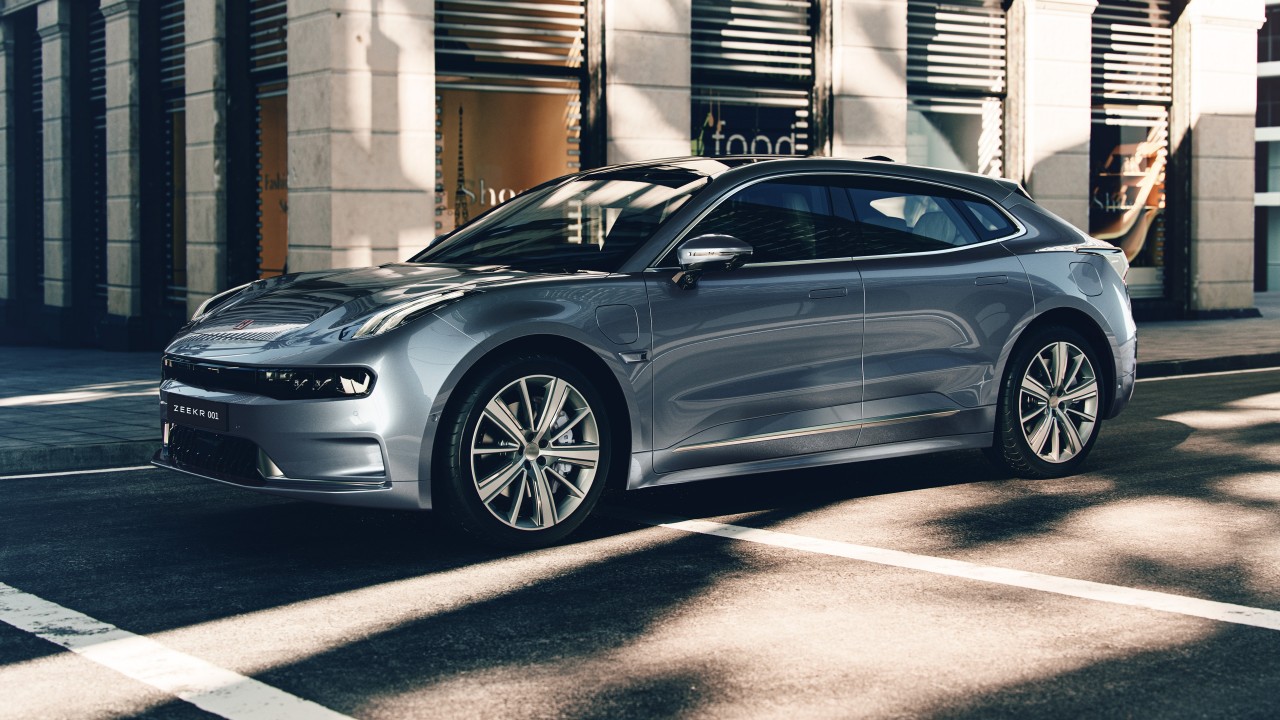Toyota, a brand synonymous with reliability and quality in the global automobile market, has seen a significant decline in its market share in India. The company, which once had a strong presence in the Indian market, is now grappling with various challenges that are affecting its performance. Despite its legacy of producing durable cars, Toyota’s recent struggles highlight the dynamic and competitive nature of the Indian automobile industry. But what exactly is causing this dip in market share? Let’s take a closer look at the factors behind Toyota’s struggles in India.
1. Shifting Consumer Preferences
One of the primary reasons Toyota is losing market share in India is the changing preferences of Indian car buyers. Traditionally, Toyota has been known for its large sedans, MPVs, and SUVs. However, in recent years, consumer tastes have shifted towards compact and more affordable vehicles, particularly compact SUVs and hatchbacks.
Indian buyers are increasingly drawn to smaller, more affordable cars that offer better fuel efficiency, lower maintenance costs, and are easier to maneuver in congested urban environments. Toyota’s focus on larger vehicles like the Innova and Fortuner, while still popular in certain segments, has not been able to capture the growing demand for compact vehicles. Brands like Maruti Suzuki, Hyundai, and Tata Motors have effectively capitalized on this shift by offering feature-packed, budget-friendly models that cater to the new age of Indian consumers.

2. Intense Competition in the SUV Market
The SUV market in India has become one of the most competitive segments in recent years. Toyota’s Fortuner and Urban Cruiser are solid contenders, but they face fierce competition from a host of newer and more affordable SUVs, such as the Hyundai Creta, Kia Seltos, and Tata Harrier. These rivals have gained significant market traction by offering modern designs, advanced technology, and better price points, all of which appeal to today’s value-conscious buyers.
Despite the Fortuner’s established reputation for luxury and ruggedness, it has been overshadowed by the newer and more feature-rich options in the same price range. While Toyota has attempted to keep up with updates to its SUV lineup, it has not been able to match the pace of innovation seen from its competitors.
3. High Pricing of Toyota Models
Another key factor contributing to Toyota’s loss in market share is the high pricing of its vehicles. Toyota has positioned itself as a premium brand in India, which has made many of its models out of reach for the average consumer. With the majority of the Indian market driven by price sensitivity, Toyota’s higher-end pricing strategy has limited its appeal in a highly competitive market.
For example, the Toyota Fortuner, while highly respected, is priced significantly higher than competitors with similar features and performance. The price disparity has caused potential buyers to turn to other brands that offer a better value proposition without compromising on features or performance. Toyota’s pricing structure has made it difficult to compete with the more affordable options available in the market, especially with the rise of well-equipped, lower-priced SUVs and hatchbacks.
4. Lack of Focus on Small Car Segment
Toyota has been slow to embrace the growing demand for small cars in India. While it has made efforts to enter the small car segment, its offerings have not resonated with Indian buyers. The Toyota Glanza, a rebranded version of the Maruti Suzuki Baleno, did not make as big of an impact as expected. Its premium pricing compared to its competitors in the same segment has limited its appeal.
Unlike its rivals, who have extensively invested in small car offerings that suit the needs of urban buyers, Toyota has struggled to establish a strong foothold in this segment. Brands like Maruti Suzuki and Hyundai, with their extensive range of small and affordable cars, have effectively captured the largest share of the Indian market, leaving Toyota to play catch-up.
5. Inadequate Product Updates
In a rapidly changing market, frequent product updates are crucial for staying relevant, but Toyota has been criticized for not refreshing its models quickly enough to meet consumer demands. While competitors have been quick to roll out updates, facelifts, and new models, Toyota’s offerings have remained relatively stagnant.
This lack of innovation and timely updates has resulted in Toyota’s models appearing outdated in comparison to the constantly evolving vehicles from other automakers. Features such as advanced infotainment systems, enhanced safety features, and modern design elements have become expectations among Indian buyers, and Toyota has been slow to integrate these into its products. This failure to adapt quickly to the evolving needs of consumers has caused many to look towards brands that offer the latest and greatest features at competitive prices.
6. Limited Diesel Engine Options
Diesel engines have traditionally been a popular choice for Indian buyers due to their better fuel efficiency, particularly for long-distance driving. While Toyota has offered diesel engines in models like the Innova and Fortuner, the company has been slower than its competitors to offer a wider range of diesel variants. As other automakers have embraced the diesel-powered car market, Toyota’s limited options in this category have reduced its appeal to a key segment of the market.
The increasing popularity of hybrid and electric vehicles also adds another layer of complexity for Toyota. The company has been slower than some competitors in launching hybrid or fully electric vehicles, even though India is gradually making strides towards a greener automotive future. Without a stronger focus on alternative fuel vehicles, Toyota risks falling behind in an increasingly eco-conscious market.
7. Perception of Stagnation and Inertia
Finally, one of the more subtle yet significant reasons behind Toyota’s market share decline is a perception of stagnation. As the automotive market becomes more dynamic and fast-paced, brands that fail to innovate and adapt quickly risk being seen as outdated. Toyota’s slow response to market trends, coupled with its hesitance to embrace the rapidly growing electric vehicle market, has made it appear less agile compared to more nimble competitors.
Conclusion
Toyota’s struggles in India are the result of a combination of factors, including shifting consumer preferences, rising competition, high pricing, and a lack of focus on the small car segment. In a market as diverse and fast-paced as India, automakers need to adapt quickly to consumer demands for affordability, innovation, and variety. If Toyota is to reclaim its market share, it will need to rethink its strategy, update its product lineup, and offer vehicles that cater to the evolving preferences of Indian buyers. Without these changes, Toyota’s position in India may continue to erode as new players and more adaptable competitors take the lead.






